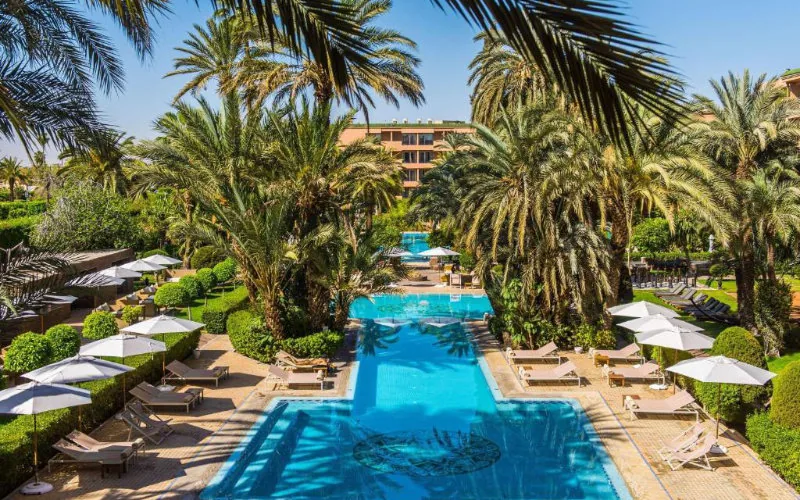Essential Morocco Travel Hacks: Navigating ATMs, Taxis, and Currency Traps

Tourists wishing to visit Morocco must know a few useful little tricks to ensure a great experience.
Bank cards, transportation, health precautions, entry formalities... QuandPartir provides some little tricks to know before going to Morocco. Regarding bank cards, the platform explains that Moroccan ATMs often limit withdrawals to 2,000 dirhams per transaction, while in France it is possible to withdraw much more. Some banks like Crédit Agricole or BMCE sometimes allow withdrawals of 5,000 to 6,000 dirhams. It suggests that travelers know about them. The cost of each withdrawal varies between 20 and 30 dirhams in local commission in addition to the fees of your French bank. It is therefore recommended to withdraw large sums at once rather than multiplying the transactions. In addition, the traveler must absolutely avoid the "dynamic currency conversion" (DCC) offered by some ATMs, as this option can cost him 15% more on the exchange rate. Only Al Barid Bank (Moroccan Post Office) does not charge any commission on foreign cards. Travelers are therefore invited to look for their yellow ATMs in the big cities.
As for transportation, it is preferable to opt for a private driver rather than buses, often unreliable and sometimes uncomfortable, for long journeys. The Uber and Careem apps work in the big cities, but the drivers often only accept long rides in cash. It is therefore recommended to always keep cash on hand. How to differentiate between small and large taxis? Small taxis have their specific color depending on the city: red in Casablanca and Fez, yellow in Marrakech, blue in Rabat, while large taxis are generally white or beige. Small taxis cannot leave the urban limits and carry a maximum of 3 passengers, while large taxis can leave the cities and carry up to 7 people (4 in the back, 2 in the front plus the driver). Small taxis work on a meter and can pick up other passengers along the way if the destinations are compatible. Large taxis charge negotiable flat rates.
The visitor should avoid taxis that do not have a "taxi" sign on the roof. In case of a problem, the license number should be noted and the Tourist Brigade contacted. Some drivers "forget" to turn on the meter: you have to insist or take another taxi. Health-wise, the tourist must take some precautions: avoid jogging in isolated areas and consult a doctor immediately in case of a bite or scratch from stray dogs; avoid tap water; be wary of ice cubes in questionable restaurants and get vaccinated against typhoid fever after leaving the classic tourist circuits. As for purchases in the souks, negotiations must be the norm, as there is no fixed rate. You have to offer a third of the announced price.
Another little trick is to plan for tips: 200 dirhams per day for a guide, 100 to 150 for a driver. In a restaurant, you should add about 10% of the bill. In addition, any visitor should avoid the border areas with Algeria and the Moroccan Sahara due to geopolitical tensions and military presence. It is also important to know that minefields still exist in some areas of the Sahara and that the Moroccan Atlantic beaches have dangerous currents, even in supervised areas.
Related Articles
-

Ambitious Gibraltar Tunnel Project Faces Seismic Challenges and 2040 Horizon
7 September 2025
-

Culinary Controversy Erupts: Moroccan "Tanjia" Dish Claimed as Algerian, Sparking Online Outrage
7 September 2025
-

Hirak Leader Zefzafi Attends Father’s Funeral Amid Calls for Royal Pardon
7 September 2025
-

Tax Crackdown Rocks Morocco’s Real Estate: Developers Face Audits Over Cash Schemes
7 September 2025
-

Morocco’s $38 Billion Infrastructure Overhaul: Paving the Way for Regional Dominance
7 September 2025